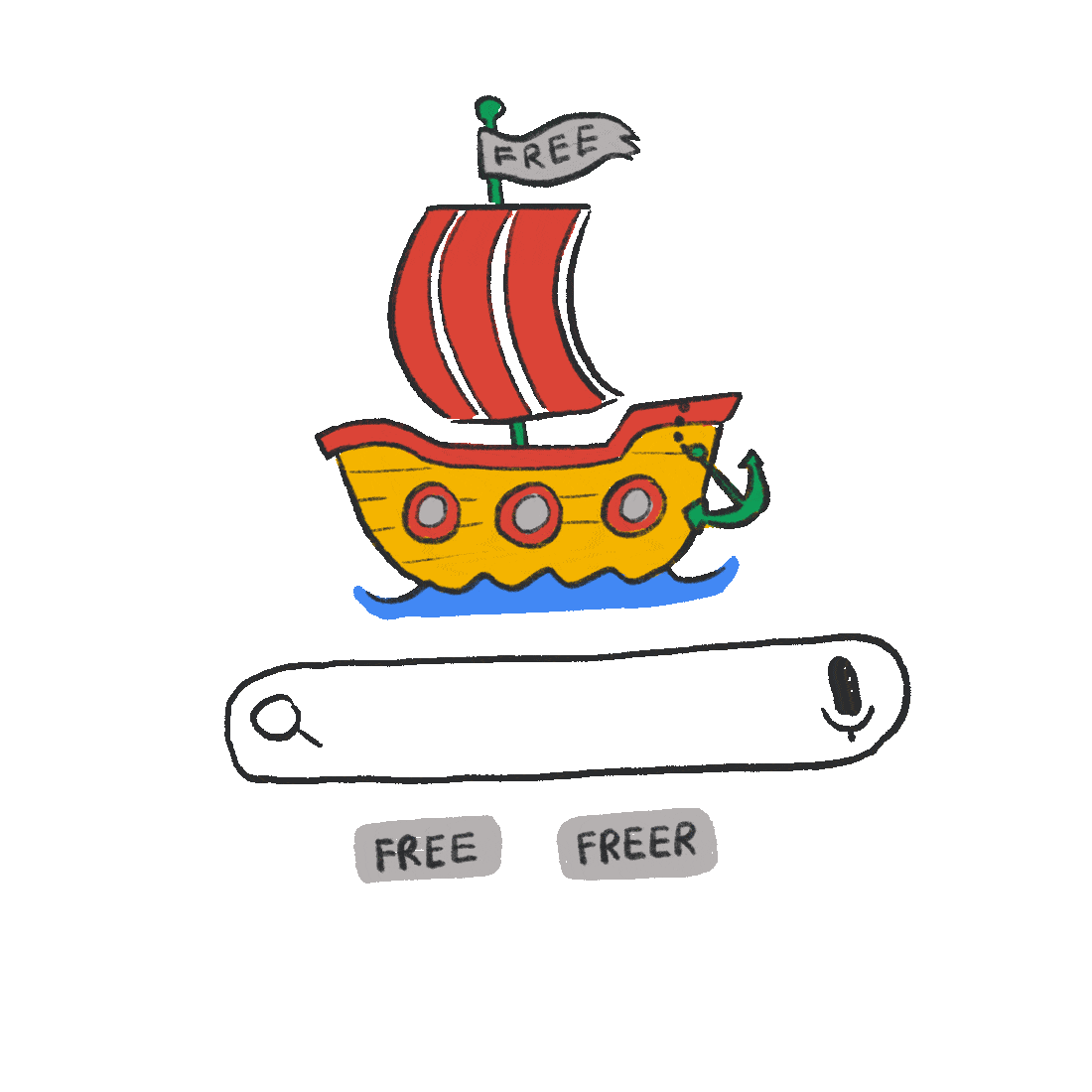Font Size: a a a a

As the legend goes, if you know where to look, you can find anything on the internet. For the savvy college students low on funds and high on aspirations, it is all too easy to obtain digital goods illegally.
Software piracy refers to the unauthorized distribution and use of ‘cracked’ software, or software that has been altered in some way, often to bypass copy protection features. There exists a vibrant community of ‘crackers’ and users who make software piracy widely available and endlessly tempting.
Software isn’t cheap. With more and more companies moving toward the subscription business model, it becomes more and more unaffordable to add a monthly cost to the already thinly-stretched student budget. The costs add up quickly and at the end of the day, you don’t get to own the software.
The moment you stop paying the monthly fees — regardless if you have spent thousands of dollars for the past couple of years on a software — you lose all of your access to it. Not to mention that you are at the mercy of the company to continue giving you what you subscribed for.
Earlier last month, Adobe deactivated all Venezuelan accounts without refunds, citing compliance with a US executive order despite no other major software companies making a similar move. If you happen to work in the photography industry, for example, losing access to Adobe Photoshop and Lightroom might be a devastating blow to your livelihood. Thankfully, just over a week ago, Adobe announced the restoration of service to Venezuela with a 90-day free service to make up for its decision last month.
Students, however, are most likely to be hobbyists who are not making any money from any of the software. A lot of companies, Adobe is a prime example, bundle up their software to sell at a much higher price point. And if you are looking to use, say, three of their applications, it is cheaper to subscribe to the whole thing. In the end, you are paying for more than what you need.
It makes sense to say that if you can’t afford it, find an alternative or don’t use it. However, as young professionals, students often find themselves obligated to learn how to use industry-standard software. These kinds of programs have steeper learning curves, more expensive licensing and fewer, if any, comparable replacements.
Companies should be called on to provide free student subscription options. It is not impossible or unaffordable for these giant multinational software companies. Autodesk and JetBrains offer all of their applications to students for free. It is a great way to make themselves an essential part of an up-and-coming professional’s toolkit and build customer loyalty.
Software piracy is a high stakes game and doesn’t come without risks. Legality aside, if you are unfamiliar with the process, there is a high chance of getting your laptop infected with viruses and malware. University students looking for alternatives should look at what are offered through their post-secondary institutions.
University of Saskatchewan offers a limited number of software for free to students, most notably Microsoft Office 365 through their Microsoft Student Advantage program. They also allow virtual access to a number of applications at vlab.usask.ca. Your internet bandwidth might prove to be a challenge to a smooth experience but for the most part, this provides a safe and inexpensive alternative.
Pirating software shouldn’t be your first instinct when you need a program, but you shouldn’t be forced into a corner financially with digital services — especially if you are not commercializing your use of the software and you are just trying to build the skills you need for the future.
—
Minh Au/ Web Editor
Graphic: Mỹ Anh Phan